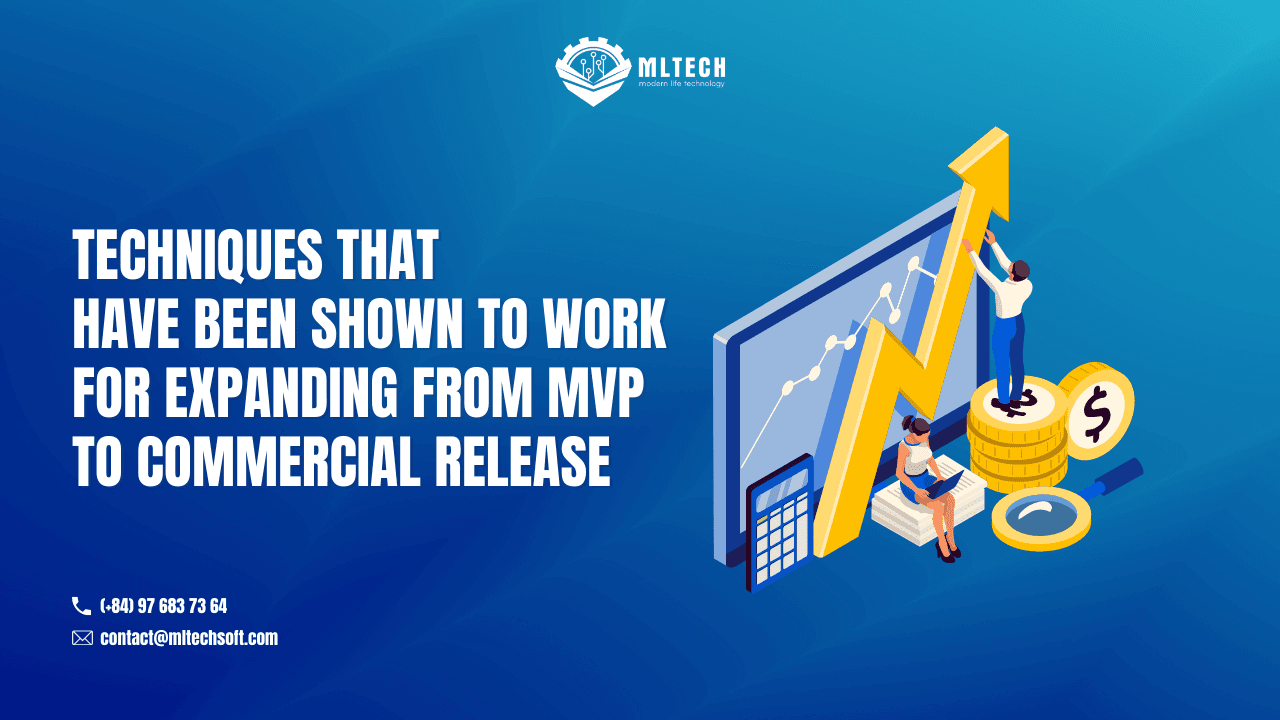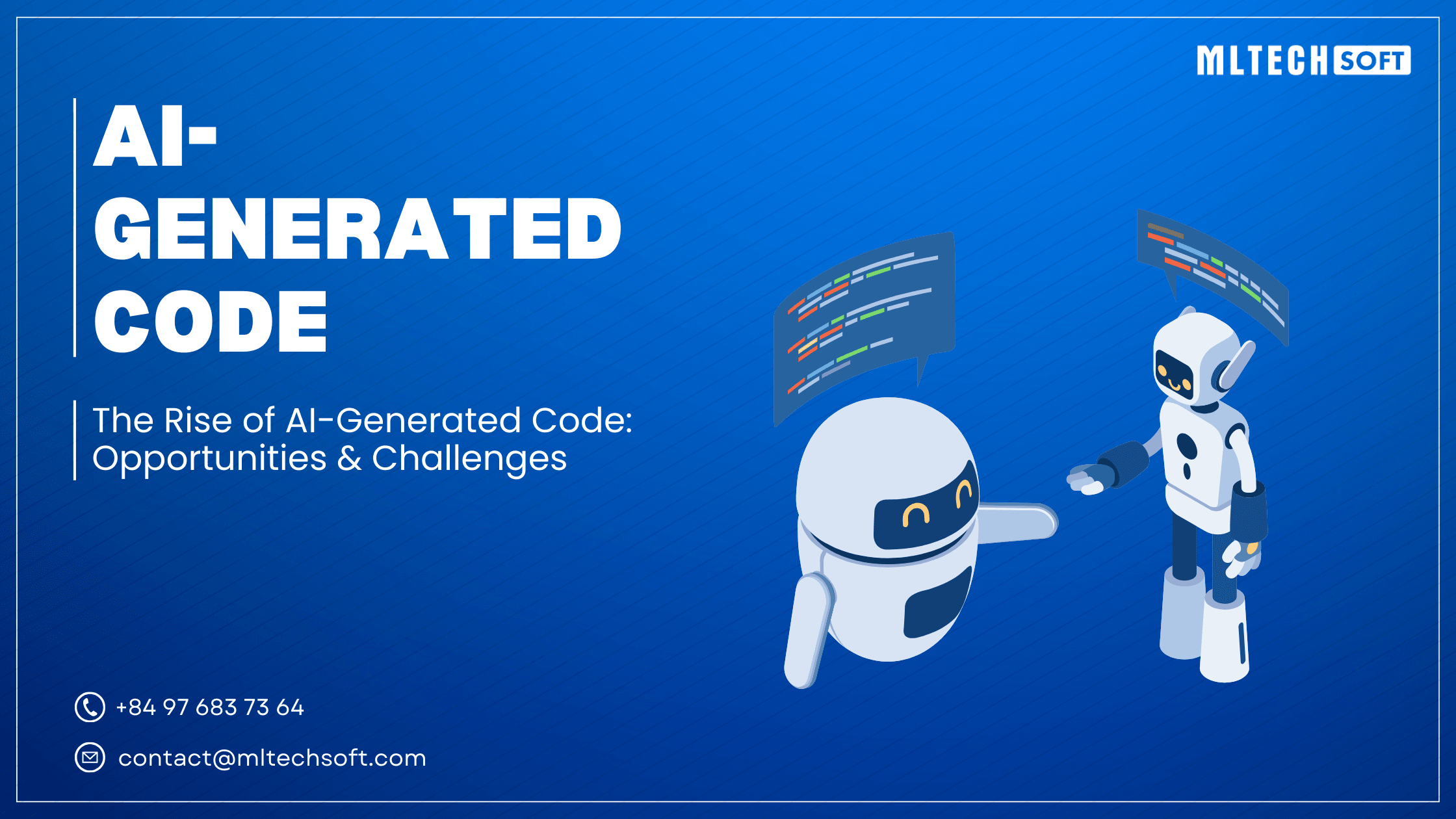Scroll down for more
Techniques that have been shown to work for expanding from MVP to commercial release

You may laugh at the word “minimum” in the minimum viable product (MVP) term. However, there’s nothing “minimum” about the effort of developing an MVP.
This post will show you the reasons for failure in MVP and some techniques to expand from MVP to commercial release.
1. How come MVP is so crucial?
An MVP is a product with just enough features in the early stages that provides feedback for future product development.
By releasing an MVP, companies can easily test and validate a product concept with customers. With customer feedback, they adjust and improve their product strategy.
Here are some key benefits of MVP:
Faster time-to-market
MVP allows companies to penetrate the market more quickly. It is crucial in industries with rapid changes and competitive landscapes.
By launching an MVP, companies can generate revenue and build their customer base, even as they refine and improve the product.
Reduce development costs
Cost-saving is the priority of all businesses. An MVP helps companies avoid overspending on some features that may not be necessary to customers.
Improve customer feedback
Customer feedback is important for companies to improve their future product iterations. It creates a product that more closely aligns with customer needs and will succeed in the market.
Risk mitigation
Companies can mitigate the risk of investing too much time and resources into a product that may fail in the market. If an MVP performs poorly, companies can stop their strategy with a minimal investment loss.
Competitive advantage
By launching an MVP, products are introduced more quickly. So, companies gain a competitive advantage over their competitors that are slower to develop and launch products.

2. The Life Cycle of a Product
The life cycle of a product is the series of stages that a product goes through. Understanding the product life cycle can help businesses make strategic decisions about product development, marketing, and sales.
Here are the typical stages of a product life cycle:
Stage 1: Development
In the development stage, a company invests time and resources in designing and creating a new product. It involves research, testing, and refining the product until it meets the desired standards.
Stage 2: Introduction
It's time a company focuses on building product awareness among potential customers. This stage can involve marketing and promotion through distribution channels and sales strategies.
Stage 3: Growth
Once a product gains acceptance in the market, it enters the growth stage. Companies focus on expanding their distribution channels to increase sales.
During this stage, competitors may appear. So companies need to adjust their marketing and pricing strategies to maintain their position in the market.
Stage 4: Maturity
In the maturity stage, the growth rate is slower as the market becomes saturated and competition increases. Companies focus on product differentiation, cost reduction, and customer retention to maintain profitability.
Stage 5: Decline
Eventually, sales begin to decline as the product ends its life cycle. The company may discontinue the product or try to extend the product's life through rebranding, repackaging, or new marketing efforts.

By planning carefully for these stages, companies can adjust their strategies to maintain their competitive edge.
3. Top 3 Reasons Why Products Fail
Lack of understanding of the target market and customer needs
Your product will not succeed if you don’t understand your target customers and their needs.
For example, the Segway personal transportation device failed because it didn’t solve a real consumer problem.
Poor product design and quality
If your product is poorly designed or low quality, it’s hard to attract and retain customers.
For example, the Google Glass wearable technology failed because it was bulky, expensive, and lacked practical features.
Inadequate market research and testing
You may miss critical insights and opportunities if you don’t research and test your product before launching.
For example, the $400 Juicero juicing machine failed because consumers found that squeezing the juice packets by hand was easier and cheaper.
4. Migrating from Most Valuable Player to Most Musical
Migrating from Most Valuable Player to Most Musical suggests a scenario where a company shifts its focus from creating and selling a valuable software product (MVP) to a musical effect.
Here are some strategies that the company could use to make this transition successful:
4.1. Knowing your market and clients
Before launching a musical product, it's essential to research and understand the target market and customers.
Understanding the market will also help develop the right messaging, branding, and marketing strategies.

4.2. Building a solid team
Successful transition requires a solid team with diverse skills and expertise. The team members must have experience in music production, marketing, and sales.
In addition, the team should be passionate about music and committed to creating high-quality products that meet customer needs.
4.3. Refining and enhancing the product
Creating a musical product requires different skills and tools than developing software.
To produce high-quality music, the company must invest in the right resources, such as instruments, sound equipment, and software. The product must be refined and enhanced based on customer feedback and market trends.
4.4. Expanding your reach
To successfully market and sell a musical product, the company must expand its reach beyond its existing customer base.
It may involve partnering with music influencers, joining music events, and creating an online show through social media and other channels.
4.5. Making money from your product
Finally, the company must develop a monetization strategy that aligns with the target market and customers.
It could involve selling physical CDs, streaming music online, licensing it, or creating a subscription-based model for access to exclusive content.
5. Conclusion
Expanding from an MVP to a full commercial release is a challenging but achievable goal. It requires careful research, planning, and execution.
By following these strategies, the company can expand its product line and achieve long-term success.
Get our blog
Want the latest and greatest from our blog straight to your inbox? Chunk us your details and get a sweet weekly email.
Read more in our blog

Project Management
The Rise of AI-Generated Code: Opportunities & ChallengesExplore how AI-generated code is transforming programming with tools like GitHub Copilot and AlphaCode. Learn about the opportunities it offers—faster development, accessibility—and the challenges like security and ethics we must address.

Project Management
The Impact of Dynamic Pricing on Customer BehaviorExplore the impact of dynamic pricing on customer behavior and learn how to implement effective pricing strategies.

Project Management
Focus in Scrum: Keeping Your Team on TrackDiscover effective strategies to maintain focus within your Scrum team, overcome common challenges, and boost productivity.
MLTECH SOFT